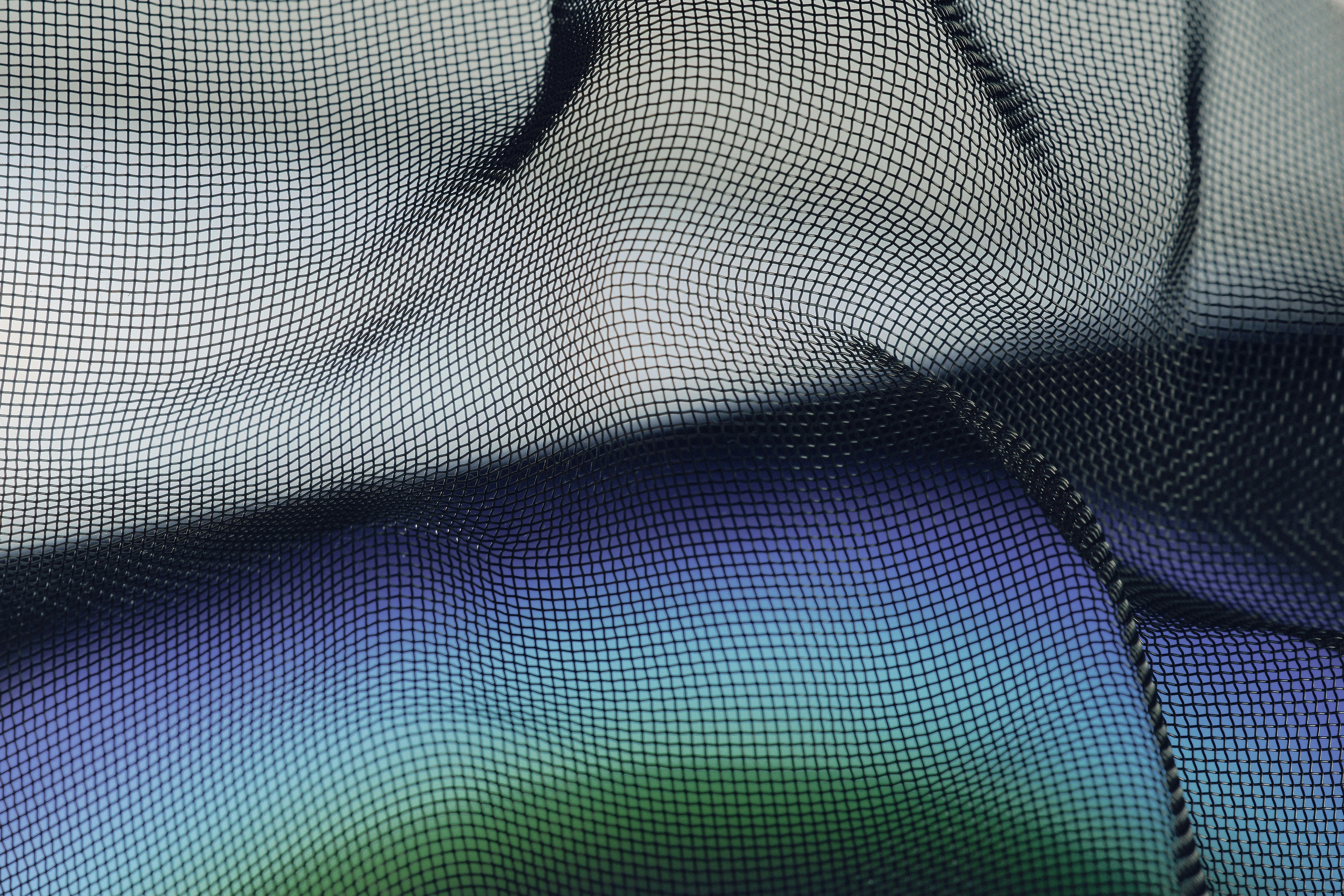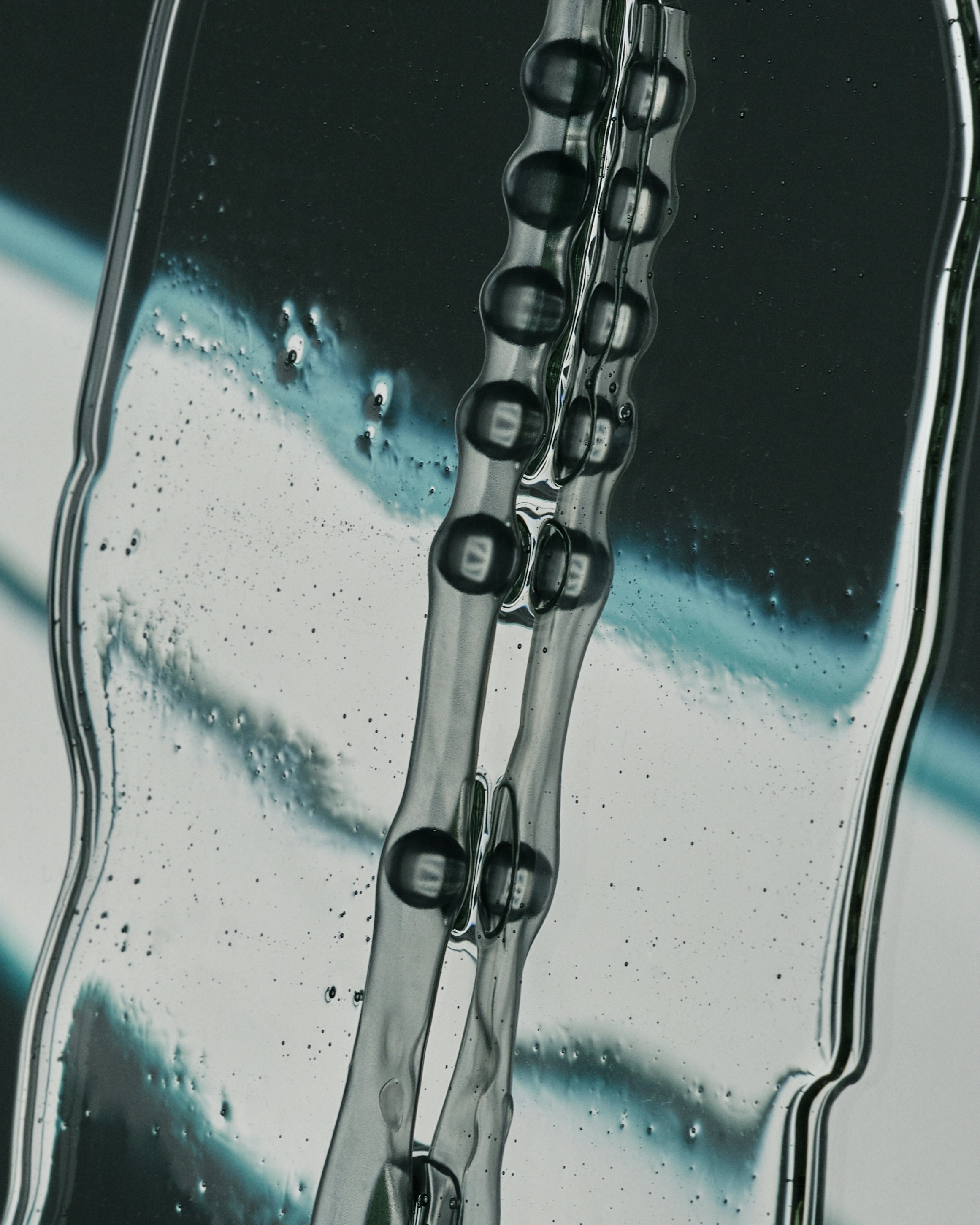In a world grappling with the environmental toll of synthetic materials, bio-materials are emerging as a radical alternative, redefining the relationship between humans, nature, and the products we create. From mushroom leather to algae-based plastics, these living or once-living materials are forging a new path in industries like fashion, architecture, packaging, and medicine. We’re always interested in material intelligence at BREETH, as we are guided by our commitment to holistic, symbiotic nuances available to us through fabrics.
Bio-materials are substances that are either derived from natural sources (plants, animals, or microbes) or designed to interact with biological systems. They can be biodegradable, regenerative, or even alive. Some of the most exciting innovations come from unexpected sources: bacteria that produce cellulose sheets, fungi that grow into mouldable shapes, and seaweed that transforms into plastic-like films. These materials often decompose naturally, unlike petrochemical-based synthetics, making them an attractive option for reducing waste and pollution.
Bio-materials are increasingly finding a home in fashion and product design. Startups and researchers are creating textiles from orange peels, pineapple leaves, and kombucha SCOBYs, offering a plant-based, cruelty-free alternative to leather. Mycelium — the root network of fungi — has also become a star material, praised for its low-impact growth and structural versatility. It can be grown into predetermined shapes, used for packaging, furniture, or even building insulation.
Unlike traditional materials that require mining, drilling, or synthetic processing, many bio-materials are cultivated; grown in labs, vertical farms, or bio-reactors. This shift toward cultivation instead of extraction could fundamentally change how we think about manufacturing and production. One of the most compelling aspects of bio-materials is their integration into circular systems. Instead of producing waste, these materials often break down harmlessly or feed back into the ecosystem. For example, algae-based bioplastics can degrade into compost, and some bio-textiles can be re-used as nutrients in agriculture. This alignment with circular economy principles—where resources are regenerated rather than discarded—presents an opportunity to reimagine not just materials, but whole value chains.
Despite their promise, bio-materials are not a silver bullet, and scalability, consistency, and cost remain major hurdles. While they are gaining traction in niche markets and high-end collaborations, many bio-materials still struggle to compete with the affordability and performance of traditional synthetics on a mass scale. Moreover, sustainability claims can be complex, especially if bio-material production requires significant land, water, or energy inputs.
The field is evolving fast and advancements in biotechnology, synthetic biology, and materials science are accelerating innovation. As awareness of climate change and ecological degradation grows, so does the interest in regenerative solutions. In a time of ecological crisis, that kind of aliveness might be exactly what our future needs.













